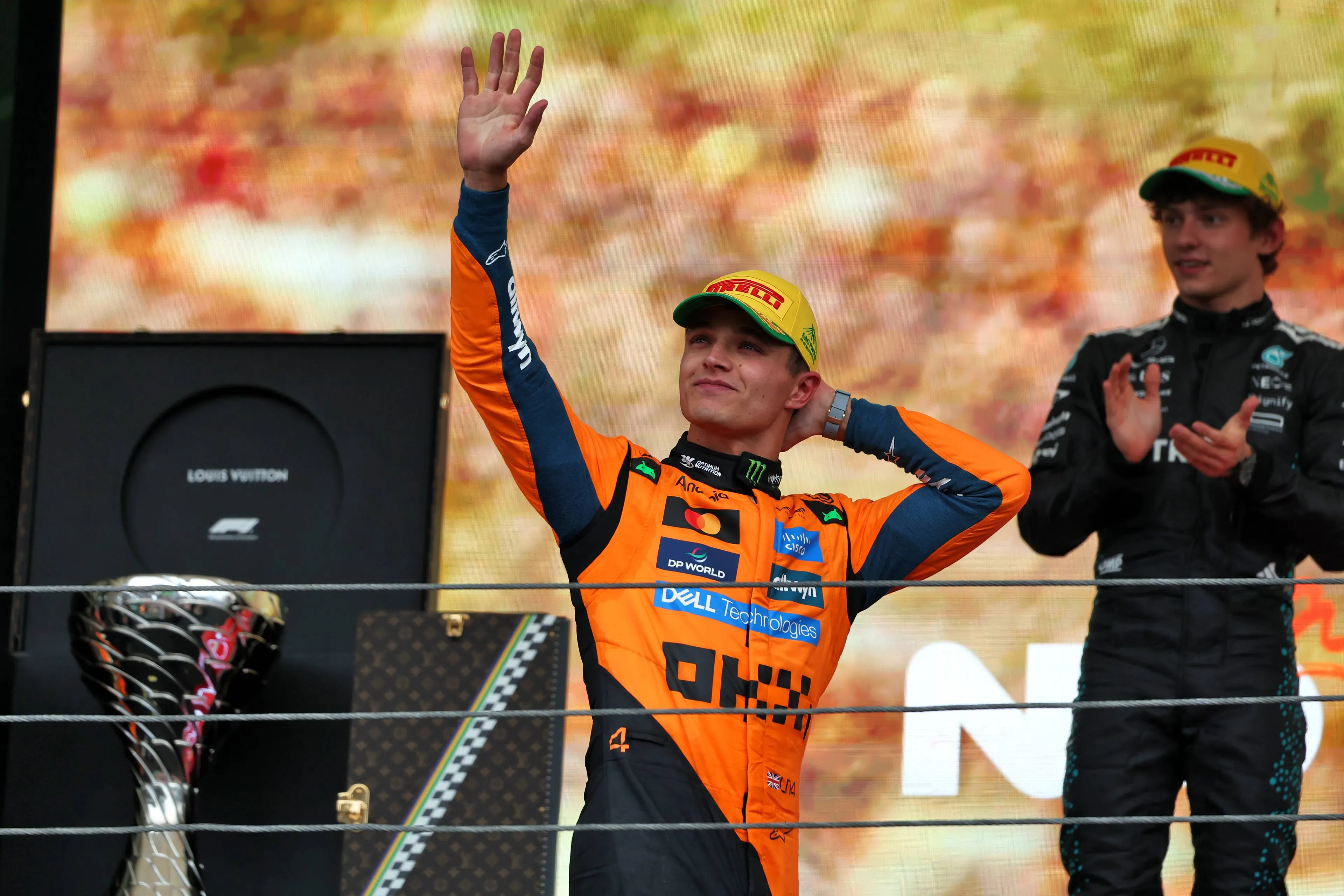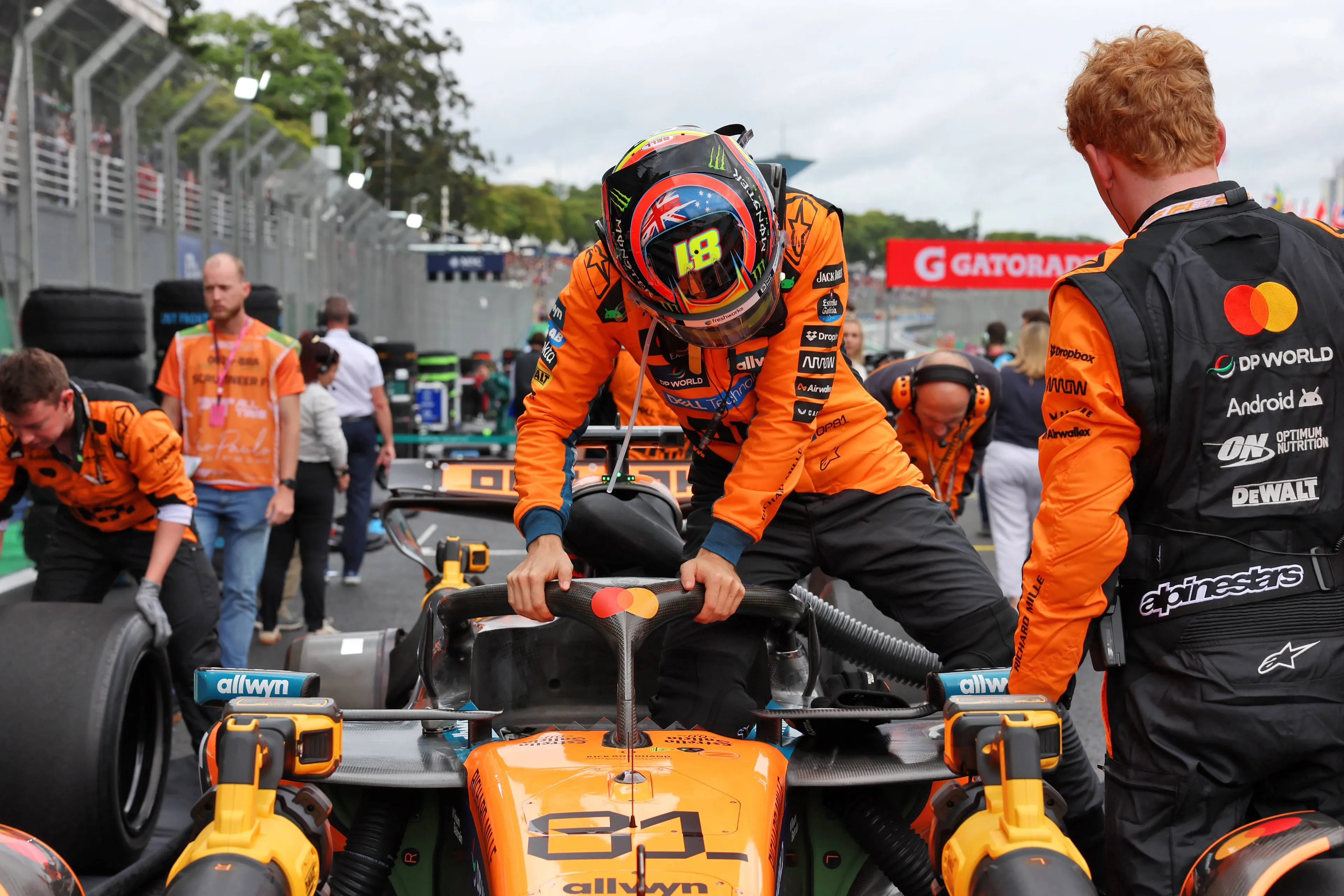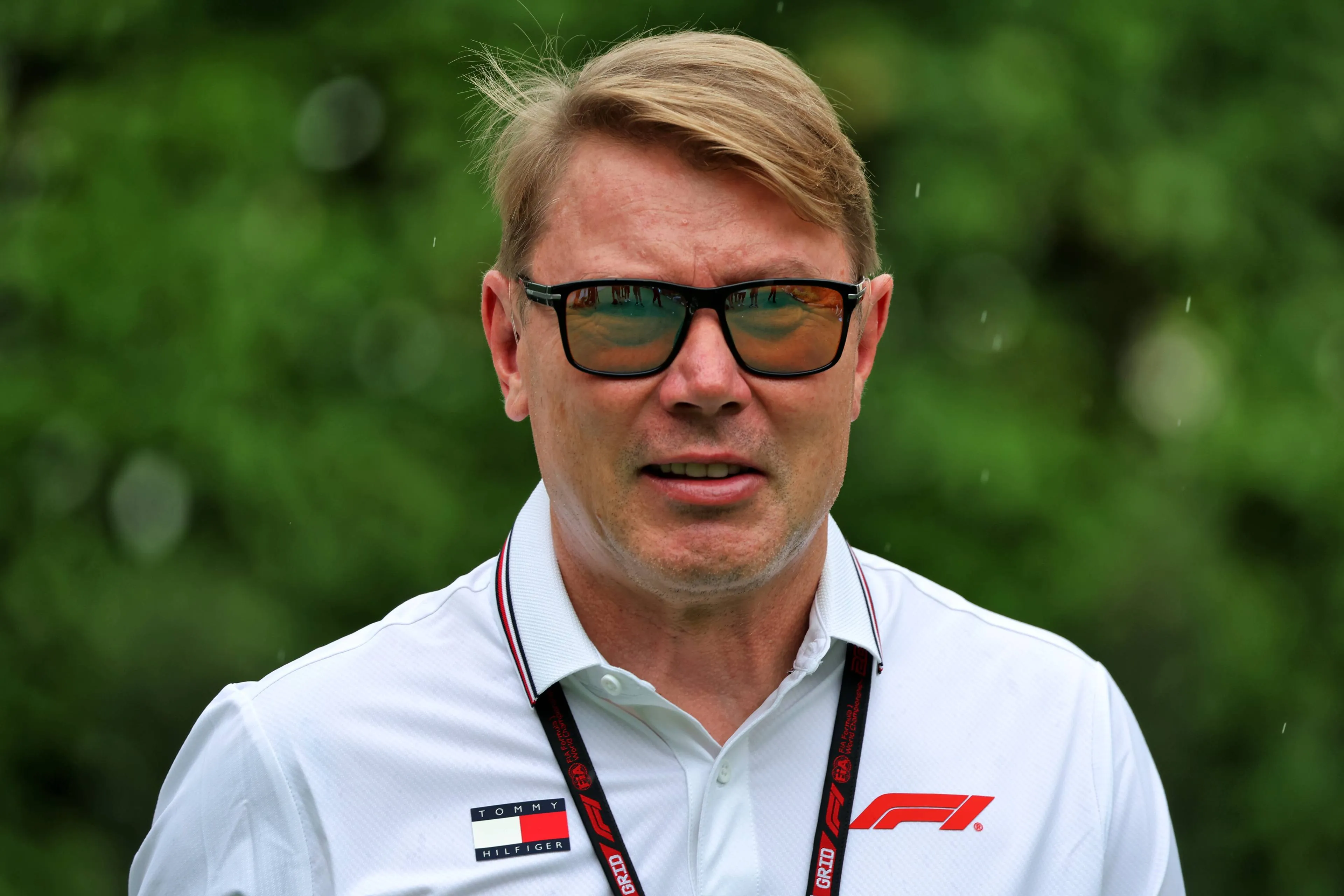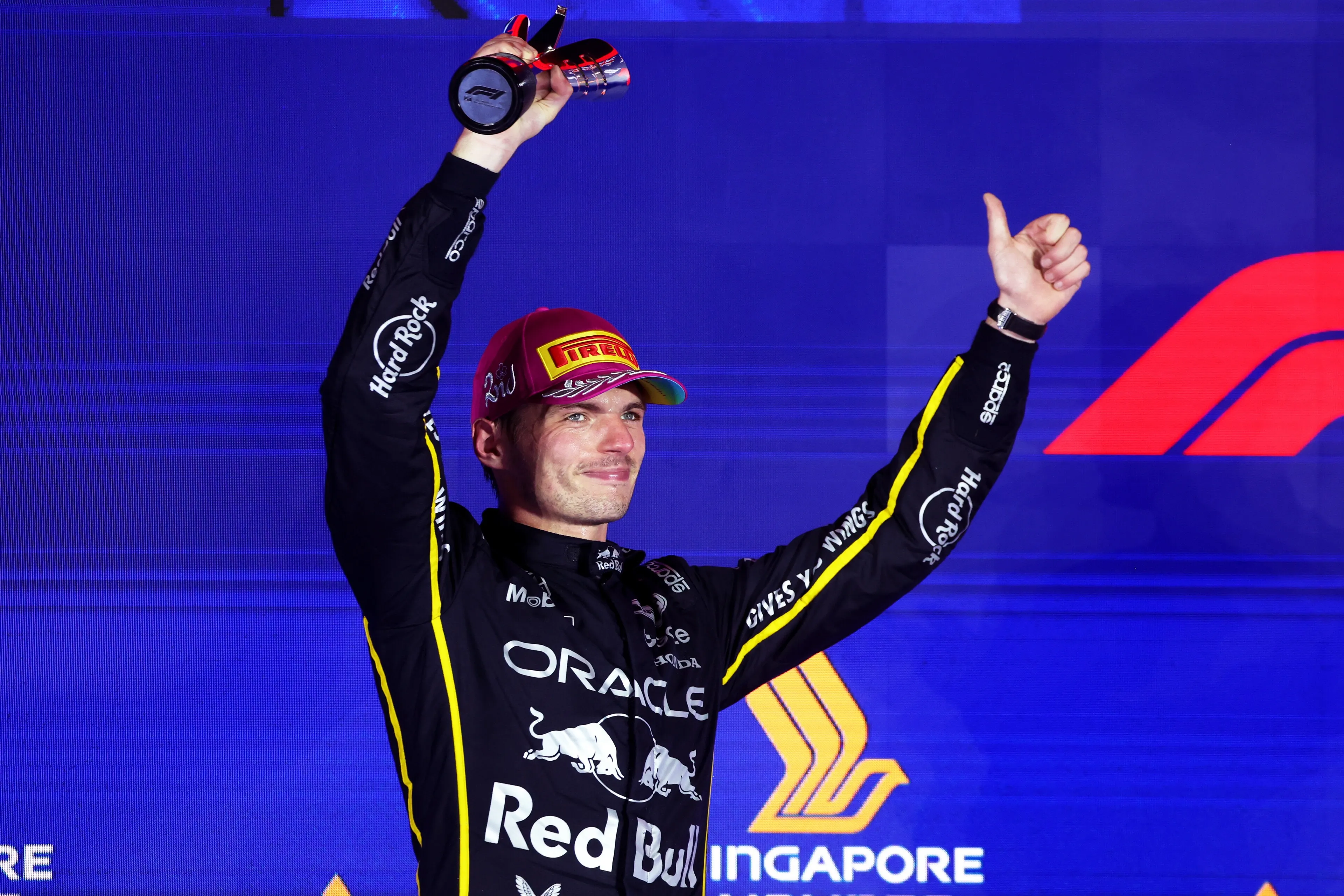McLaren is already in a commanding lead, and records are being shattered in laps. In 2025, Formula 1 is an intersection of the latest technology, strategic prowess, and notable driving skill. In this article, we examine the most critical factors that continue to retain the status of Formula 1 as the zenith of motorsport.
We have not seen Formula 1 this expansive, as the 2025 season introduces an unprecedented 24 Grands Prix to be held on five continents. The spotlight is once again on Formula 1, due to the breath-taking rivalry between Oscar Piastri and Lando Norris, a striking juxtaposition of 16 points in a race of unrivalled engineering sophistication and human performance.
Today’s F1 machines are the fastest and most advanced the sport has ever seen. Teams compete at the highest level with the fastest and most sophisticated machines. Each unit is a hybrid powerhouse that drives sales of combustion and telemetry systems. As a season starts, teams are given a million data points per second to work with.
Each is headquartered in a location that provides them with the zenith of advanced technology and data-driven strategy. In this piece, I explore what drives F1 to the peak of motorsport: technological prowess, data-driven strategy, driver performance, and the tactical decisions that govern race outcomes.
How Teams Turn Data into Race Wins
Data serves as the backbone of competition in Formula 1. Each car is equipped with hundreds of sensors that track time-sensitive metrics such as tire pressure, brakes, and suspension. These sensors produce over a million data points each second during races, and teams have engineers both at the track and at remote command centers working to analyze the data in real-time.
Now teams are starting to utilize machine learning and artificial intelligence to help make sense of the information. With the help of predictive modelling, teams can evaluate multifaceted scenarios such as the changes in tire wear and the weather. These models run even before the actual race simulation, allowing for thousands of hypothetical race scenarios to be whipped up long before the actual competition day.
This need for instantaneous decision-making is not only relevant in motor racing. Other industries, including online gaming, especially those that function as crypto casino environments, use data to track live user interactions, manage risk in real-time, and optimize performance in volatile environments. In the end, the forces driving such systems are analogous: achieving the best outcomes requires a combination of speed, processing power, and precision.
In Formula 1, a 0.1-second delay in a decision can be critical in either gaining or losing track position. Even though speed is vital, it is the efficiency in interpreting the racing environment that enables some teams to gain a position or two in the front.
The Evolution of Speed and Technology
Modern Formula 1 vehicles are a product of many years of ceaseless advancement. The 2025 generation of cars, which are constructed under ground-effect regulations that were reintroduced in 2022, focus on achieving the best possible aerodynamic efficiency through venturi tunnels, which increase downforce without drag. In order to achieve the best efficiency in cars and especially in surface geometry and front-wing configurations, teams continue to spend money on wind tunnel and computational fluid dynamics (CFD) testing.
There is still a clear focus on power and sustainability, as each turbo V6 is a hybrid, featuring energy recovery systems that harvest energy from braking and exhaust heat. Power plants still achieve a balance of sustainability and efficiency with instant torque delivery. Hot-weather driver cooling systems are a recent update that focuses on the safety and overall comfort of drivers.
Managing weight in a car is particularly difficult to balance with the governing regulations of minimum car weight. The technological complexity to achieve target performance with a car's weight requires advanced and optimised systems with sensors, control electronics, and cooling systems, which hide their value in a streamlined frame.
The Role of Drivers in a Precision-Driven Sport
For drivers, the execution aspect is the framework that machines and algorithms provide. Race day reveals the benefits of consistent, adaptable, and responsive driving in the hands of 2025's potential frontrunners: Piastri, Norris, and Russell.
Racing under pressure is an attribute to which Oscar Piastri is proving himself. During the recent Belgian GP qualifying session, Piastri set a new track record and showcased remarkable skill in placement and throttle control. He also demonstrated exceptional racecraft by executing an aggressive start and successfully commanding the pace under a changing weather mix.
Lando Norris is proving to be tire-stint resilient, particularly in the demanding Silverstone and Barcelona circuits. His defensive maneuvers coupled with the endurance to maintain front-end grip, have been key to the McLaren Constructors Championship standing. Using telemetry data alongside predictive models, nothing is able to replace an evolving track's driving feedback, adaptation, high-stakes overtakes, and high-risk driving behavior.
Why Strategy Can Make or Break a Season
Formula 1 Strategy is based on something much deeper than a singular pit stop or a tyre change. It entails managing a 305-kilometre distance along with track position, precise and accurate on-the-spot reactions, and dealing with changing factors like the weather, virtual safety cars, and tyre wear.
A shift to McLaren's side this year marked an increase in pace for the team, and a notable increase in their execution calls for coefficient pit stops and not getting caught mid-incident. Unlike McLaren, Ferrari as a team has struggled with inconsistent calls and pit stop timings, leading them to lose considerable competitive positions.
Particular aspects like the track also play a significant role for the team. Unlike tracks with low degradation, high like Covid or Suzuka require multiple plans to be put in place for multiple stints. Due to a single-stop approach at Monza with lower track time and high loss, engineers have to take in DRS zones, the potential for an overcut, and traffic windows. It is not surprising for simulations on strategies to be adjusted every single lap because of minute changes in tyre temperatures.
These decisions unfold over the course of the season. Avoiding traffic with a late pit stop may grant an additional point. Throughout the twenty-four races, those points determine the championship.
Read more about:
Rumors
Popular on GPBlog
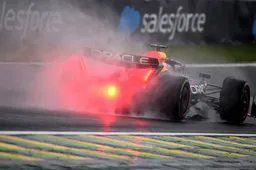
1
F1 Brazil GP weather forecast: Will rain spice up Sunday’s race?
12499 times read
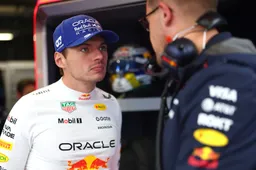
2
Lambiase apologises to Verstappen after Brazil GP masterclass
5492 times read
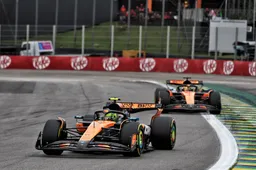
3
Drivers' standings: title race steers Norris way after net Brazil GP win
2494 times read
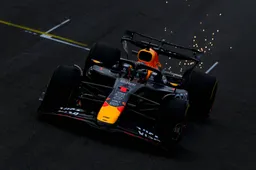
4
'Red Bull continues to work on RB21, pit lane start looms'
2292 times read
Loading



